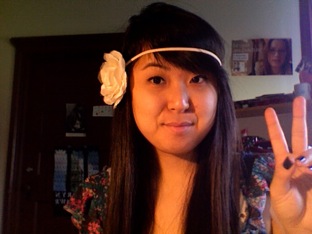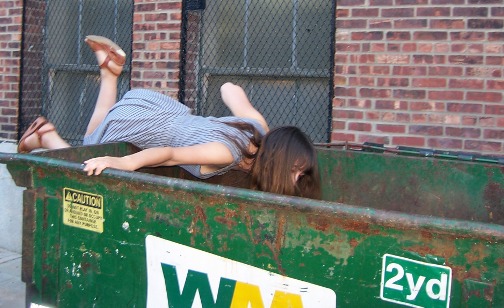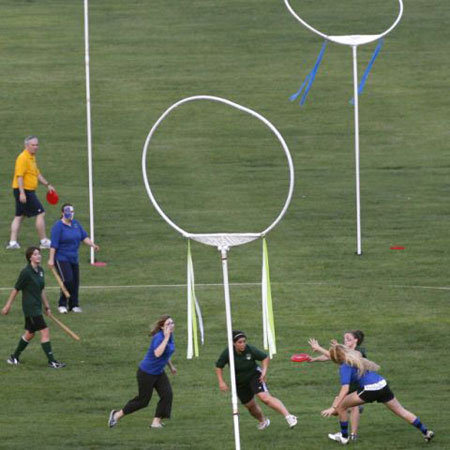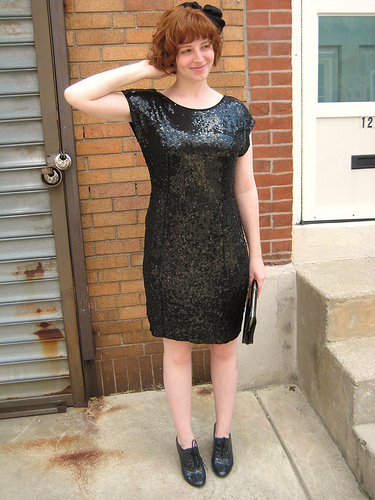Bringing Haverford College’s Quaker past into the present
By Beth Curtiss
The living room in the college apartment was small but full of light from the windows. Mismatched chairs and futons sat in a circle around the edges.
A large poster, hand-colored in crayon, adorned one wall, filled with illustrations surrounding the words “simplicity, peace, integrity, community, and equality.”
Students wearing sweatpants and old t-shirts trickled in. Some came out of their rooms with wet hair. Others turned the corner from the kitchen with mugs of coffee. Several hurried in through the front door, shrugging off light jackets. There are about 20 in all.
It was Sunday at noon, and it was time for the Haverford Quaker Community, or QuaC, to hold its weekly Meeting for Worship in Quaker House.
Molly Minden, a Haverford sophomore, explained the basics of Quaker belief to a pair of visitors. Quakers believe in something called the Inner Light, she said.
Many believe that this Inner Light is the manifestation of God or the divine. Worship consists of listening to it, and, if moved to do so, speaking any messages that come from this Inner Light.

A bench in a traditional Quaker meeting room
Minden soon called the meeting to order. Students hurried to sit down on the futons, chairs, and footstools. Silence fell.
For the next few minutes a few more students trickled in and took chairs from the kitchen, enlarging the circle. But the silence did not lift.
Some closed their eyes. Some stared ahead. A few fidgeted for a few minutes, and then quieted their bodies. One sat reading for a few minutes, and then put down the book and shut his eyes. A few sipped their coffee intermittently.
Silent moments
Time passed. Still. the silence did not lift.
As if at some unseen signal, a sigh suddenly rippled around the room. The students sat up straighter, laughed, shook hands with their neighbors, and exchanged murmurs of greeting. An hour had passed, and worship was over.
Noah Lavine, a junior, suggested a round of names. He also invited everyone to share anything that they had been thinking about that had not rise to the level of a message to be spoken during worship. Continue reading →







